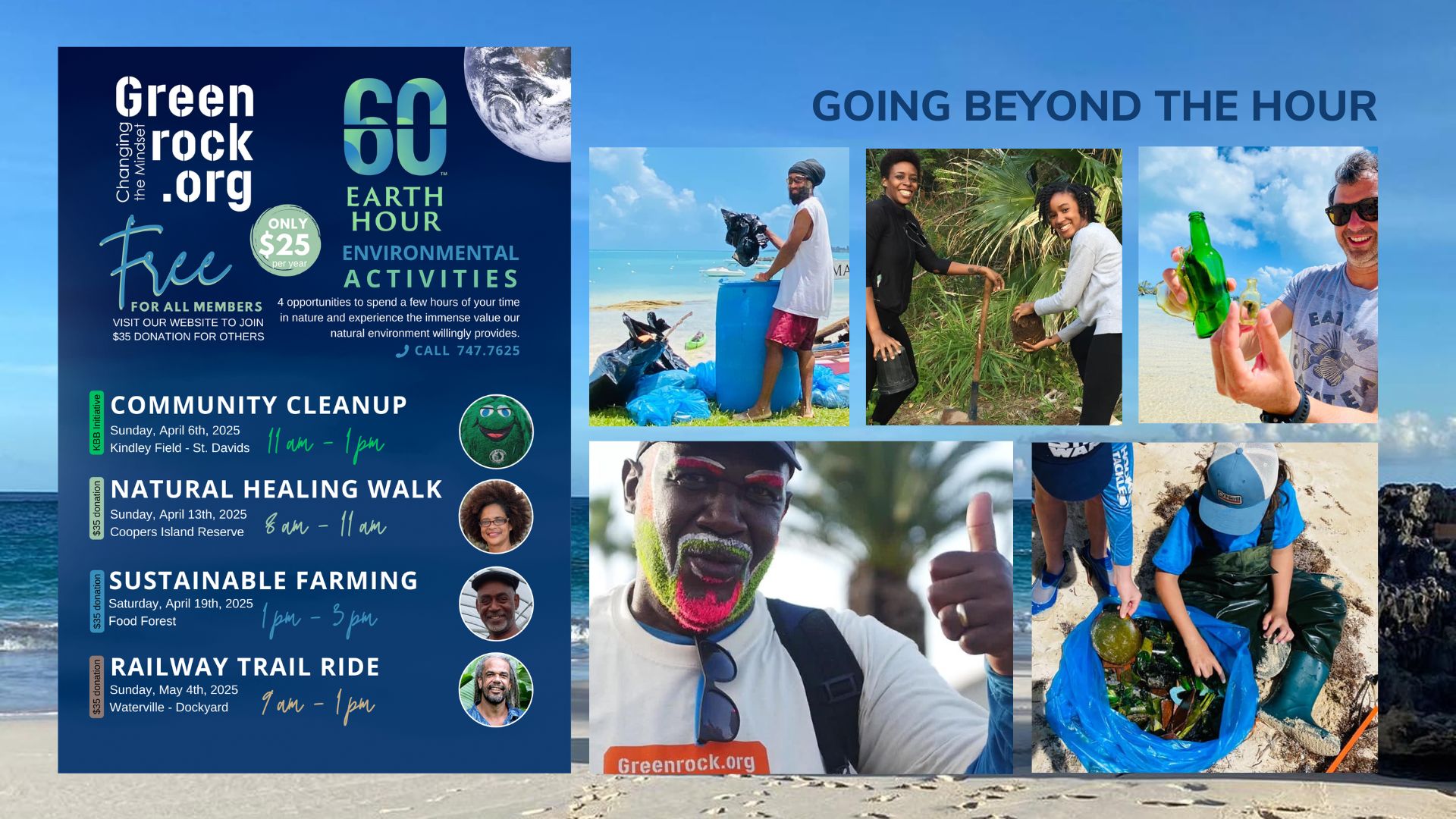But well-applied sunscreen is more important than ever. Frighteningly, in the United States, skin cancer is the most common of all cancers: as many as one million people are diagnosed with it every year, and over 10,000 people die of it. Exposure to ultraviolet light is also accountable for up to 90 per cent of the visible signs of aging and has been associated with serious health problems, such as cataracts and immune suppression.
Clearly, protecting yourself from excessive exposure to the sun is necessary, but unfortunately for uninformed consumers, not all sunscreens are created equal.
There are a variety of sunscreens on the market, but the ones that have recently caused a great deal of controversy are chemical UV absorbers, which absorb rays that come into contact with skin. Among the findings, different types of chemicals in these sunscreens are alleged to act like estrogen in the body, to cause breast cancer cells to multiply in test tubes, to cause allergic reactions, to increase skin absorption of pesticides on people who were wearing them during pesticide application, and to break down in as little as 30 minutes when exposed to sunlight, rendering them useless.
The chemicals that many experts recommend consumers avoid include: benzophenone, oxybenzone, octinoxate (also call octyl methoxycinnamate), homosalate, Padimate O and Avobenzone (also called Parsol 1789).
Along with all these active chemical ingredients, sunscreens may also contain allergenic synthetic dyes, fragrances that contain hormone-disrupting phthalates, parabens which are preservatives that allegedly act like estrogen in the body, and area preservatives that emit formaldehyde as they break down.
 Finally, SPF (or sun protection factor) is an FDA-regulated rating system that represents the exponential increase in time you can stay in the sun without burning. But SPF only rates UVB rays, not skin damaging UVA rays. For more information on the research being conducted on the effectiveness of sunscreens and the chemicals in them, visit the American College of Preventive Medicine at www.acpm.org .
Finally, SPF (or sun protection factor) is an FDA-regulated rating system that represents the exponential increase in time you can stay in the sun without burning. But SPF only rates UVB rays, not skin damaging UVA rays. For more information on the research being conducted on the effectiveness of sunscreens and the chemicals in them, visit the American College of Preventive Medicine at www.acpm.org . If this wasn’t enough to scare the UV-protecting pants off you, the same chemicals that interfere with human hormones are were found in an April 2008 study published in Environmental Health Perspectives to cause bleaching and death of corals from sunscreen rinsing off swimmers’ skin in the ocean.
The alternative to chemical sunscreen ingredients is minerals that physically block UV rays from reaching your skin. Titanium dioxide and zinc oxide block both UVB and UVA rays. With advances in nanotechnology, manufacturers have shrunk the mineral particles down to micro or nano size to make them more transparent so consumers no longer have to be concerned with their skin being tinted white by these minerals.
So, just to be safe, when shopping for sunscreens look for ones that tout the words “mineral sunscreen”, “chemical free”, organic or botanical. Then read the fine print to ensure that the chemicals listed above are not included in the ingredients. Also look for products that advertise “broad-spectrum protection”, which means it protects against both types of rays. For a helpful listing of recommended sunscreens, go to the National Geographic’s Green Guide, at www.thegreenguide.com .
Once you have your well-researched sunscreen in hand, remember to apply it 20 minutes before going outside, reapply about every two hours, use an SPF 15 for daily use and an SPF 30 for long bouts in the sun, and wear sunglasses and hats to protect your eyes and scalp. Also, consider wearing dark sun-protective clothing at all times.
As with all products, being an informed consumer is always the recommended option. For more information on protecting yourself from the dangers of harmful rays, visit the American Academy of Dermatology at www.aad.org .
This article by Laura Semos was submitted to and printed by the Bermuda Sun on June 27, 2008.




